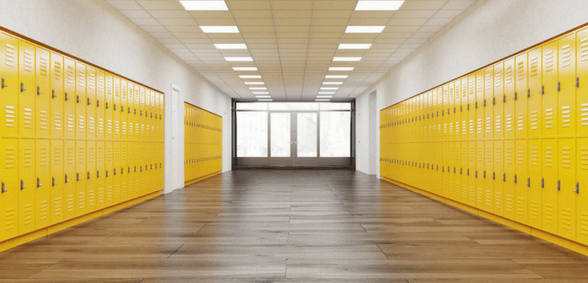
The hiring out/leasing of school facilities can improve a school’s bank balance and also help develop community relations. What are the crucial legal matters that need to be considered before giving the public the green light to use these facilities? Rachel Sales, senior solicitor at Blake Morgan, identifies best practice
Surveying the options
Schools looking to increase the funds available to spend on their pupils should consider how they can best make use of their school site (their ‘land bank’). Given their close ties with the community, schools are often well-placed to enter into short term hire arrangements in order to generate additional income.
However, many academies are registered charities, meaning they are subject to the requirements of the Charities Act 2011; these requirements should be borne in mind when hiring out/leasing school facilities.
Temporary hire arrangements
Temporary hire arrangements are an easy option and one which all schools – whatever their current legal status – should consider when seeking to generate additional income. Where a school or academy wishes to hire out part of its premises during or outside main school hours, or on weekends, it’s recommended that they have a hiring agreement in place to set out clearly the permitted hours of use, the use allowed, the rent payable and any other key terms.
Merits of an underlease
In some situations it may be appropriate for a school to consider longer term options, such as the granting of an underlease. An underlease will be required when the intention is to lease part of the school site, or a building on it, exclusively to a third party. For example, a school with a large land bank that wishes to have a nursery provision on site, but does not wish to provide it itself, may consider granting an underlease of a suitable building for this purpose.
If the underlease proposed covers a period of seven years or more a qualified surveyor’s report will be needed; for shorter underleases appropriate advice needs to be taken about the lease terms.
Staying on top of safeguarding
Schools are responsible for safeguarding and promoting the welfare of children (under 18 years) in their care. Hiring school premises out to the community increases the likelihood of adults and children being on the school site at the same time. Safeguarding risks will, therefore, need to be managed through a written risk assessment process. The following are important points to bear in mind:
- Decide if any new systems need to be put in place as a result of the risk assessment – for example in connection with supervising visitors on site, signing-in procedures and the use of facilities such as toilets.
- If services provided by hiring organisations have not been commissioned by the school it’s the responsibility of the hiring organisation to put in place their own child protection procedures and carry out DBS checks, not the school’s. However, best practice would be to ask for confirmation that DBS checks are in place and make that a condition of the hire.
- Hirers should be given copies of any applicable school policies and procedures and told that they are responsible for the management, conduct and supervision of their own staff and members whilst on site.
In conclusion, with appropriate preparation a school can use its land bank effectively to generate extra income for spending on its pupils. Heads and bursars involved in the decision-making process should take care to consider the safeguarding issues involved and should seek legal advice at the earliest opportunity, particularly if an underlease is envisaged.
Don’t forget to follow us on Twitter, like us on Facebook, or connect with us on LinkedIn!


Be the first to comment